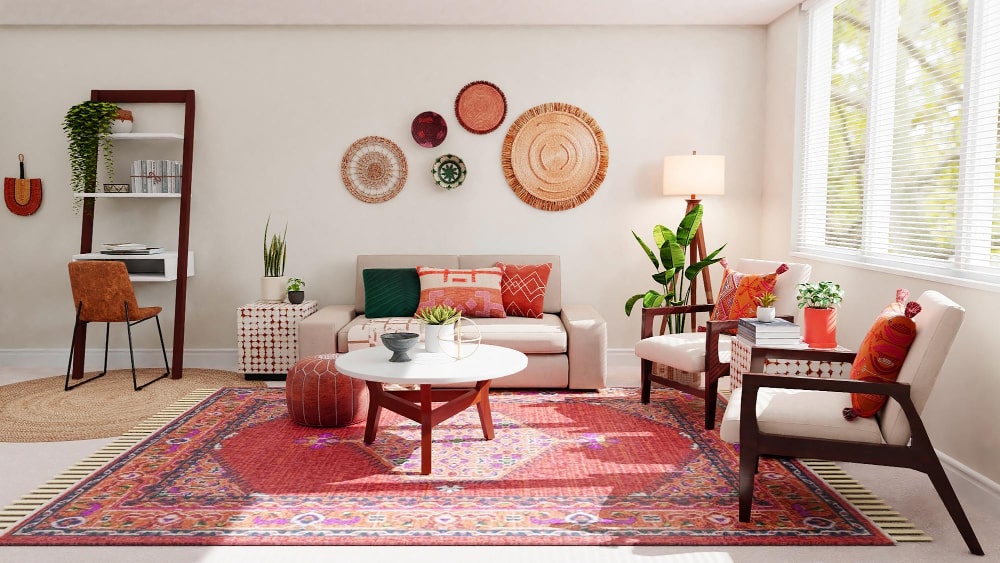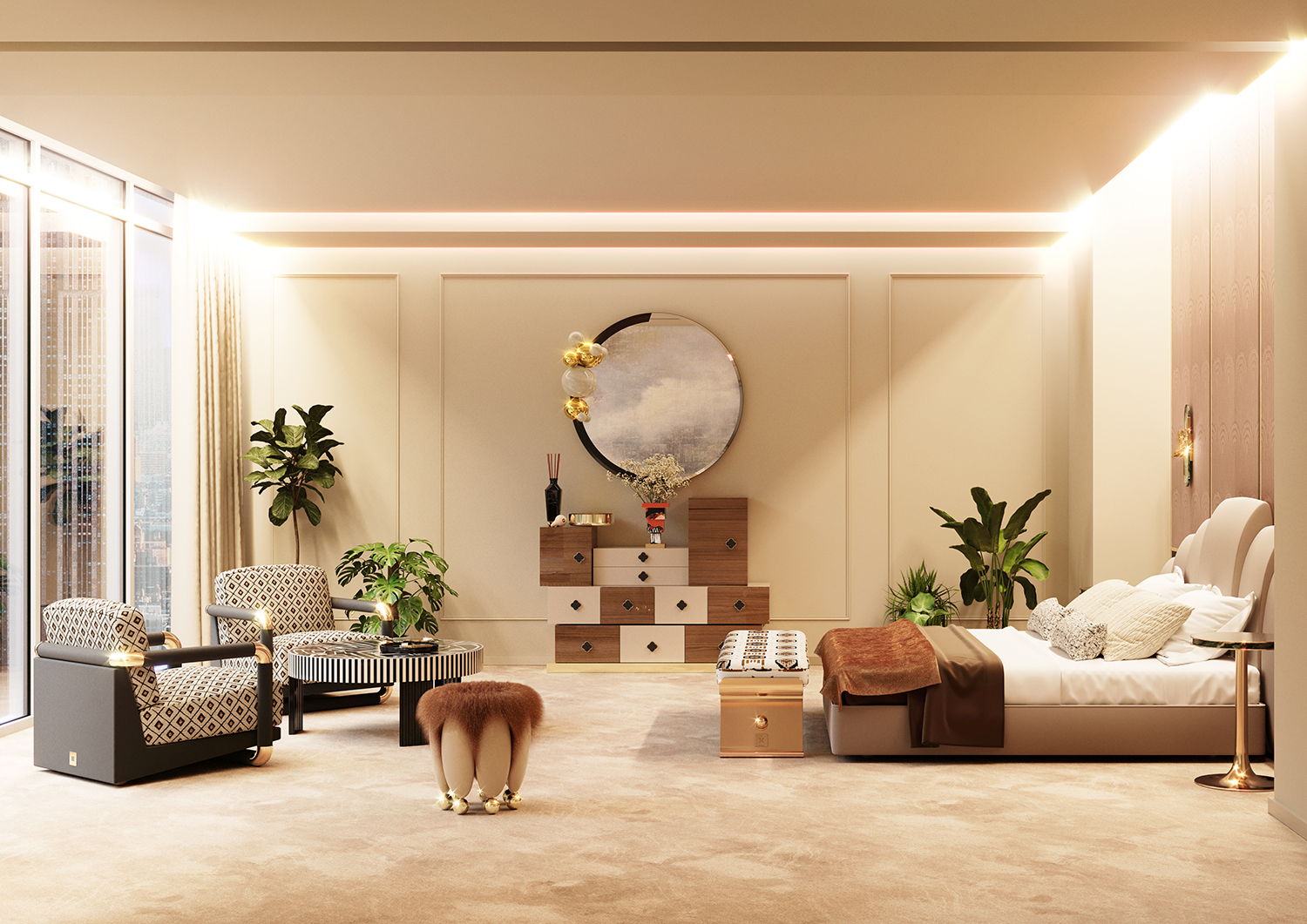Leading interior design firms offer innovative solutions.
Wiki Article
Change Your Home With Crucial Concepts of Interior Decoration and Appearances
The art of changing your home via the crucial principles of interior layout and aesthetics calls for a thoughtful technique that harmonizes shade, balance, and spatial recognition. By comprehending the effect of shade concept and the importance of structure and patterns, one can produce rooms that are not just aesthetically attractive however additionally deeply personal. Attaining this equilibrium entails greater than plain decor; it includes a critical arrangement and an eager understanding of how each component communicates within an area. As we discover these fundamental ideas, consider just how they may redefine your understanding of home and individual expression.Recognizing Shade Theory
Understanding the principles of color theory permits designers to create rooms that reverberate mentally with occupants while fulfilling functional demands. Each category plays a critical function in developing consistency within a room.The psychological impact of shades is extensive; cozy tones such as reds and oranges stimulate energy and heat, while cool tones like blues and eco-friendlies advertise calmness and tranquility. The use of complementary colors enhances aesthetic rate of interest, developing striking contrasts that can elevate a space's allure.
Neutral colors, on the other hand, act as a functional background, allowing other style elements to radiate. It is vital to think about aspects such as lights and the area's objective when selecting a shade combination, as these can change the perception of colors throughout the day.
Eventually, a well-considered color design can change an area, promoting a feeling of comfort and style that straightens with the citizens' preferences. Proficiency of color concept is, therefore, an important skill for any type of interior developer intending to produce harmonious and welcoming atmospheres.
Achieving Equilibrium in Design
Just how can designers attain a feeling of equilibrium in their rooms? Accomplishing equilibrium in layout is fundamental to developing harmonious interiors.Unbalanced equilibrium, on the various other hand, depends on differing aspects that still accomplish a cohesive look. This technique enables for even more vibrant and informal setups, giving rate of interest while maintaining equilibrium. By carefully picking differing dimensions, shades, and structures, designers can develop a visually engaging space that feels balanced yet energised.
Radial equilibrium highlights a central centerpiece with elements emitting exterior. This design is generally seen in round formats, where furniture and style create a natural surround that draws the eye inward.
Inevitably, attaining balance requires thoughtful consideration of scale, proportion, and the partnerships between elements. miami luxury interior design. By masterfully using these equilibrium principles, designers can change rooms into atmospheres that really feel both visually pleasing and functionally unified, enhancing the general experience for residents
Importance of Spatial Understanding

A keen sense of spatial awareness allows designers to recognize centerpieces within a space, directing the viewer's interest to crucial functions while preserving an overall feeling of unity. It also aids in the tactical placement of lighting, which can significantly affect the perception of area and mood. Understanding spatial connections allows the designer to provide to the specific requirements of citizens, guaranteeing that each area serves its designated objective without compromising appearances.
Inevitably, spatial recognition is vital for making the most of the possibility of any kind of interior space. By thoroughly thinking about the interplay in between dimensions, format, and function, designers can produce environments that not just fulfill practical demands but also evoke a feeling of comfort and charm, enhancing the general living important link experience.
Integrating Appearance and Patterns
Accepting a varied range of structures and patterns can dramatically enhance the visual and responsive appeal of an indoor area. The critical use numerous products-- such as timber, metal, fabric, and stone-- produces depth and interest, making a space feel extra welcoming and vibrant. Incorporating smooth surfaces with harsh appearances can establish an equilibrium that attracts the eye and involves the senses.When incorporating patterns, take into consideration both scale and repeating. Huge patterns can function as focal factors, while smaller sized, subtle styles can enhance other elements without frustrating the area. Layering patterns, such as pairing floral cushions with striped throws, adds intricacy and a sense of harmony if executed thoughtfully.
It is also crucial to preserve a natural color palette, ensuring that textures and patterns interact as opposed to compete for focus. By picking a couple of essential appearances and patterns, you can create a combined visual that shows your individual style while improving the total atmosphere of the area. Eventually, the careful incorporation of these elements can transform a mundane area into an advanced setting abundant with character and warmth.
Customizing Your Room
Producing a space that reflects your personality is vital to attaining a truly inviting webpage setting. Personalization in interior decoration permits you to instill your distinct design and passions into your home, transforming it from a mere sanctuary right into a sanctuary that speaks with who you are. Begin by picking a shade combination that resonates with your emotions-- bold colors can invigorate, while soft tones offer serenity.Include artwork and decor that mirror your passions, whether it be traveling, nature, or abstract principles. Showing individual collections, such as books, click here to read photographs, or mementos, can evoke valued memories and create centerpieces within an area. Additionally, think about customizing practical pieces, like upholstered furnishings, to straighten with your aesthetic choices.

Final Thought
In final thought, the makeover of a home with the important concepts of interior decoration and aesthetic appeal requires a detailed understanding of color theory, balance, spatial understanding, structure, and personalization. Each element contributes significantly to creating a harmonious and useful living atmosphere - Architecture Firm. By attentively integrating these concepts, people can enhance the aesthetic appeal and emotional vibration of their areas, inevitably fostering a home that reflects one-of-a-kind identifications while providing comfort and practicalityReport this wiki page